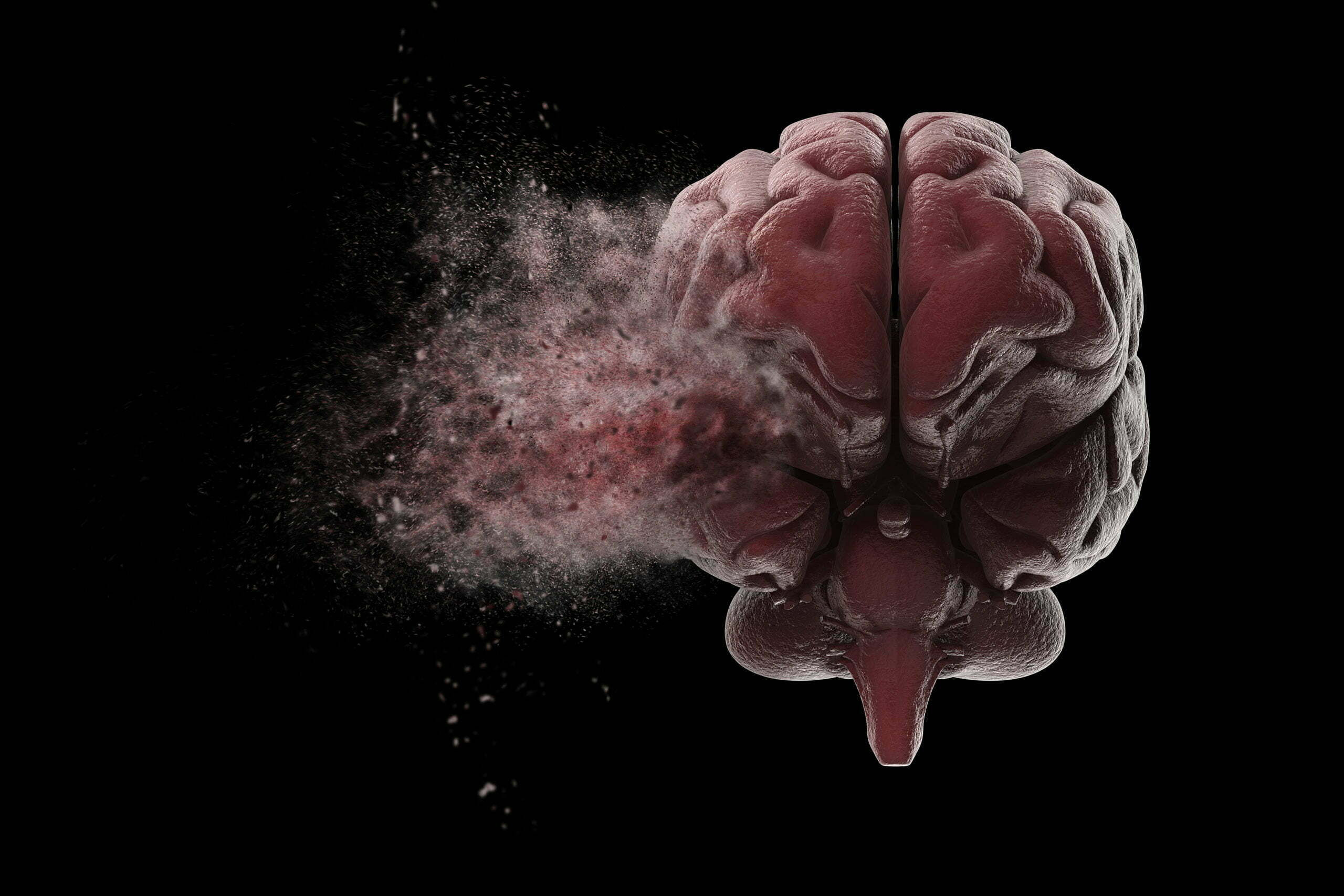In 2022, over 85,000 people will be diagnosed with having a brain tumor in the United States. Brain tumors can be cancerous or noncancerous and can develop from many different types of cells in the brain. Keep reading to learn about the different types of brain tumors, their symptoms, and how they are treated.
What is a brain tumor?
A brain tumor is an abnormal mass of tissue in the brain. Tumors can be either cancerous (malignant) or noncancerous (benign). Brain tumors can occur in any part of the brain, but most are found in the cerebellum, the brainstem, or the cerebral hemispheres.
The cause of most brain tumors is unknown. However, some factors that may increase your risk include exposure to radiation, previous head injuries, and certain genetic disorders.
What are the symptoms of a brain tumor?

Symptoms of a brain tumor depend on the size and location of the tumor. Common symptoms include headaches, nausea, vomiting, behavior changes, numbness, seizures, blurred vision, problems with speech, hearing problems, and loss of balance.
Diagnosing a brain tumor may be difficult because its symptoms can overlap with many other conditions. However, if your health care provider suspects your symptoms are related to a brain tumor, they may refer you to a neurological specialist for further evaluation.
How are brain tumors diagnosed?
There are a few ways to diagnose a brain tumor. First, a neurological exam is a fairly standard, non-invasive exam. A medical professional evaluate your vision, hearing, balance, reflexes, and strength to determine if and where a brain tumor might be present.
Your doctor may also order an imaging test, such as magnetic resonance imaging (MRI), to better look at your brain and detect any potential signs of a tumor. Another way to diagnose a brain tumor is through a biopsy, in which a small sample of the brain is taken for further analysis. This can happen during a surgical procedure to remove the tumor itself or through a needle.
What are the types of brain tumors?
There are three main types of brain tumors: primary, secondary, and metastatic. A primary brain tumor starts in the brain, while a secondary brain tumor starts somewhere else in the body and spreads to the brain. Finally, metastatic tumors are caused by cancer cells that travel from another part of the body to the brain.
The most common type of primary brain tumor is called glioma. Gliomas arise from cells in the glial tissue surrounding and supporting nerve cells in the brain. Gliomas can be benign (not cancerous) or malignant (cancerous). Malignant gliomas proliferate and can invade healthy tissue.
Other types of primary brain tumors include meningiomas, which arise from cells that line the membranes surrounding the brain and spinal cord, and pituitary adenomas, which develop from cells in the pituitary gland located near the base of the skull.
What are the treatment options?

Treatment for brain tumors depends on the type and size of the tumor and the patient’s age and health condition. Treatment options may include surgery, radiation therapy, chemotherapy, or a combination of these.
If the tumor is located in a critical area of the brain, surgery may be the best option. This involves removing the tumor through a hole drilled in the skull. However, surgery may not be an option if the tumor is located in a delicate area or if it is too large.
If surgery is not an option, you may recommend radiation therapy. This involves directing high-energy radiation beams at the tumor to kill the cancer cells. Radiation therapy may also be used after surgery to kill any remaining cancer cells.
Chemotherapy is the most common treatment for brain tumors. It is a type of cancer treatment that uses drugs to kill cancer cells. The drugs can be given intravenously (through a vein), orally (by mouth), or injected into the tumor. Chemotherapy may be used alone or with other treatments, such as radiation therapy or surgery.













